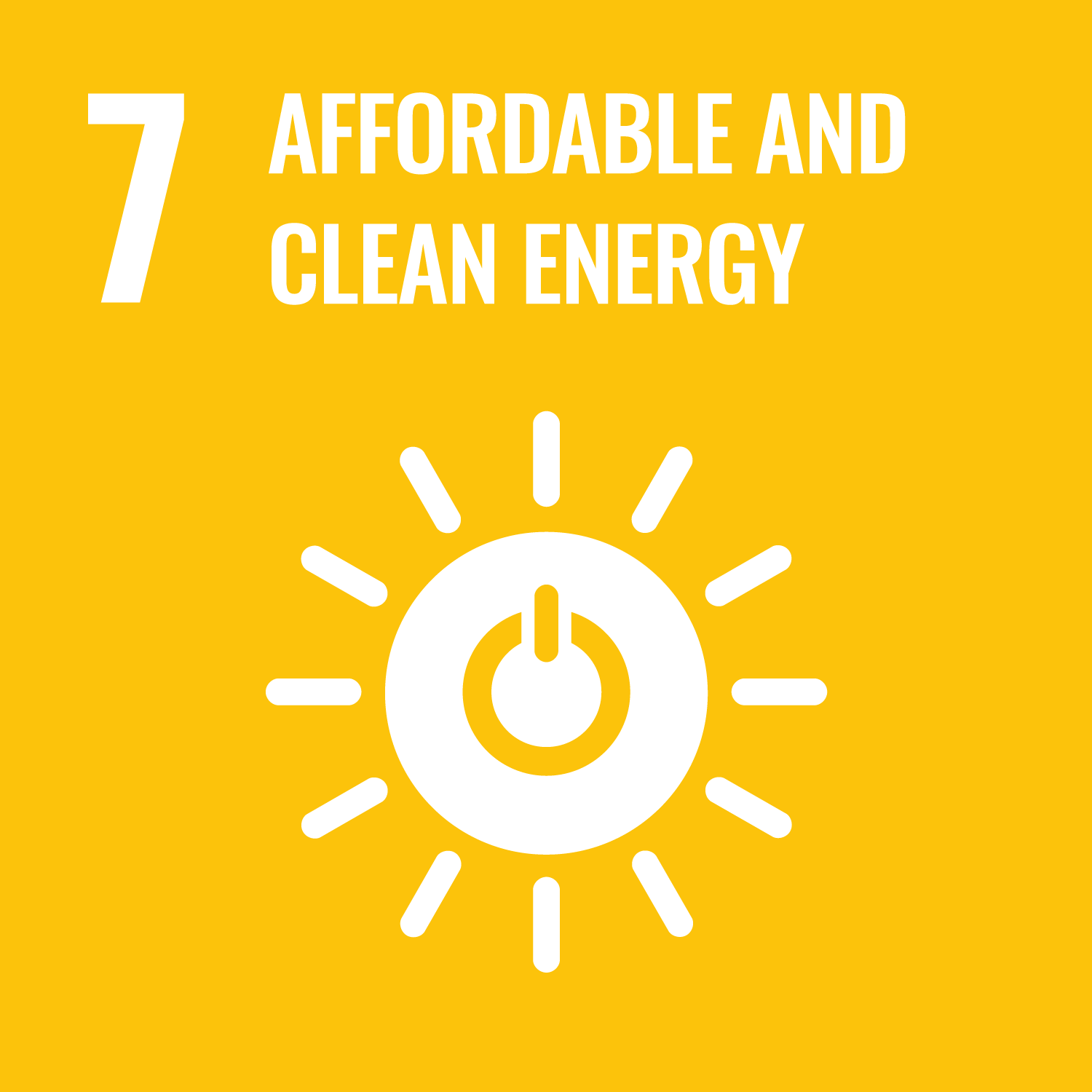ORCID
- Scott Andrew Brown: 0000-0002-6858-3316
- Edward Jack Ransley: 0000-0003-1446-7907
- Deborah M. Greaves: 0000-0003-3906-9630
Abstract
This study considers focused wave interactions with floating wave energy converters and represents an individual contribution to the CCP-WSI blind test series 2, in which the submitted results are compared against both physical and alternative numerical solutions for varying wave steepness achieved through changes in peak frequency. Reducing the time taken to provide reliable results is critical if computational fluid dynamics (CFD) is to become a routine design tool for offshore renewable energy devices. This can potentially be achieved by simplifying simulation set-up, and hence reduce the required man-hours, through standardised ‘best practice’ procedures. In order to achieve this, it is essential that the limitations of a numerical tool are well understood, and minimised. Therefore, this study aims to quantify the numerical reproduction of the focused wave event, and the motion of two different geometries predicted using a commonly used CFD methodology with waves generation achieved by way of linear superposition. The results imply that the error in peak values of heave and empty tank surface elevation are comparable, but the peak surge and pitch are substantially larger. This is likely due to a combination of numerical modelling errors, which must be addressed in future study.
DOI Link
Publication Date
2021-01-01
Publication Title
Proceedings of the Institution of Civil Engineers - Engineering and Computational Mechanics
Volume
174
Issue
1
ISSN
1755-0777
Acceptance Date
2020-09-28
Deposit Date
2020-05-10
Embargo Period
2022-03-17
First Page
4
Last Page
18
Recommended Citation
Brown, S., Ransley, E., & Greaves, D. (2021) 'Assessing focused wave impacts on floating wave energy converters using OpenFOAM', Proceedings of the Institution of Civil Engineers - Engineering and Computational Mechanics, 174(1), pp. 4-18. Available at: 10.1680/jencm.19.00036


